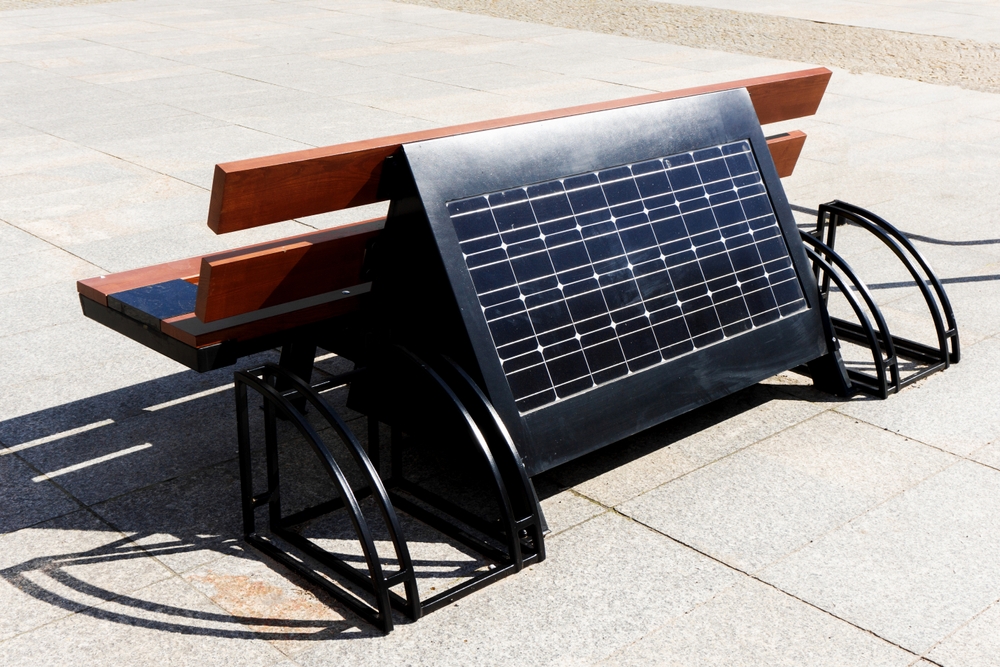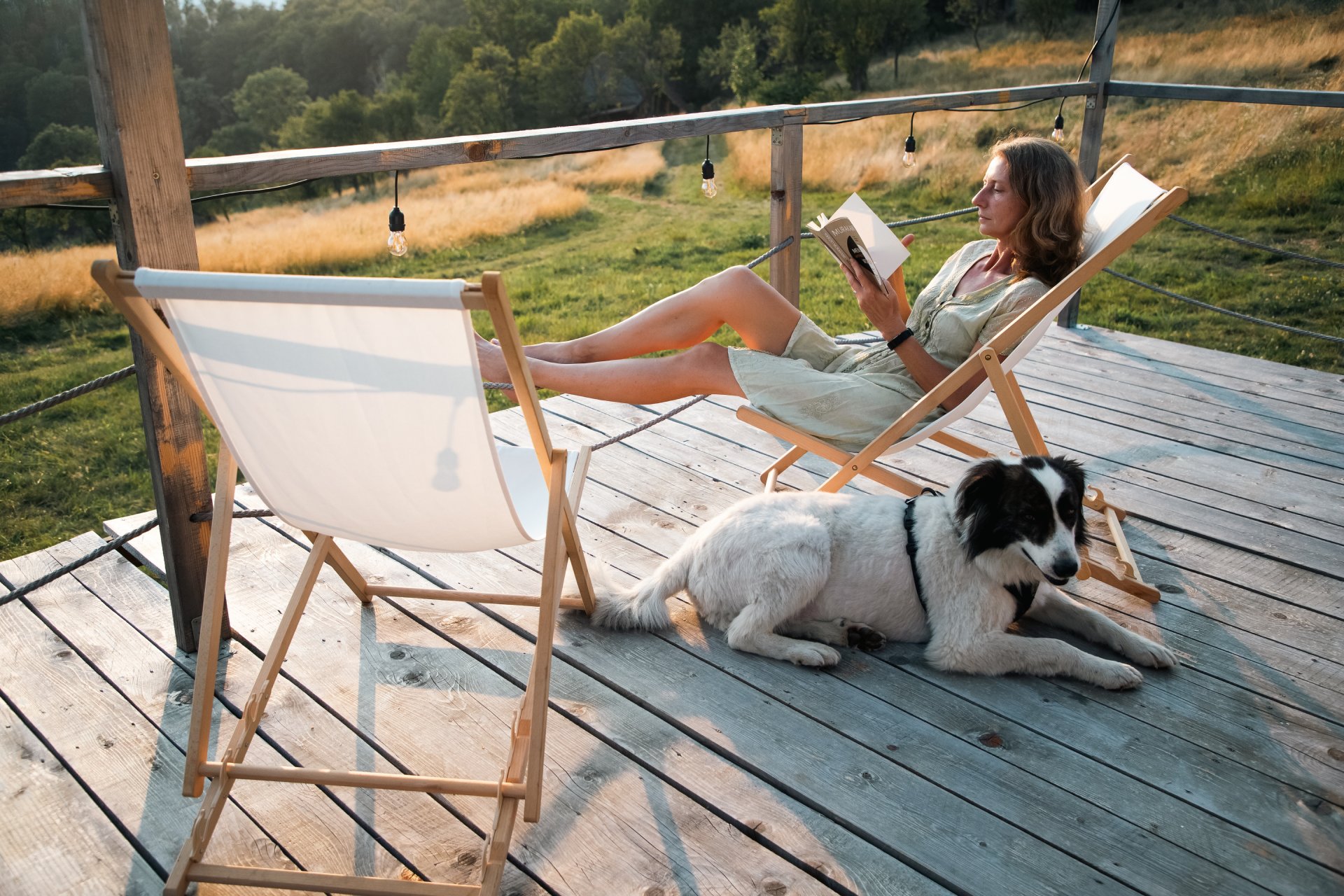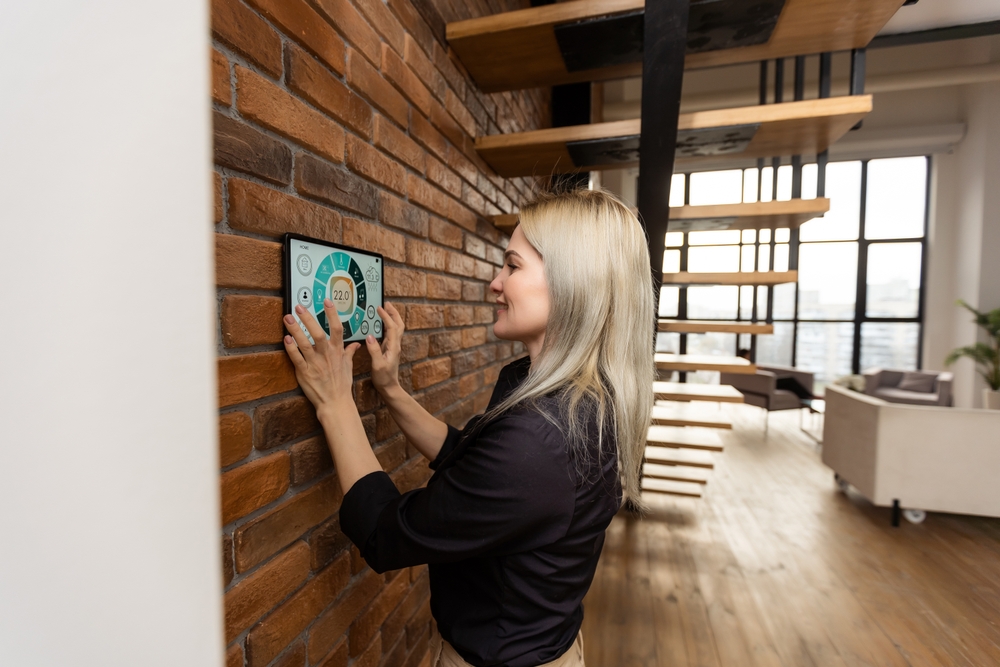As Australian cities continue to grow and evolve, the demand for innovative and sustainable street furniture is only increasing. From smart lighting and solar-powered charging stations to environmentally conscious materials and inclusive design, the future of our public spaces looks exciting—but not without its challenges. For councils, city planners, and developers, understanding how park furniture and other urban fixtures must adapt to meet modern expectations is essential. Whether it’s rethinking materials, managing budgets, or anticipating community needs, the next decade will bring significant shifts in how we design, manufacture, and maintain bench seating in Melbourne and across the country.
Embracing Smart and Connected Furniture
As technology continues to integrate into urban life, one of the biggest shifts in street furniture design will be the rise of smart and connected infrastructure. Bus stops with real-time transport data, benches with USB charging, and smart bins that monitor waste levels are becoming increasingly common. However, these advancements bring challenges such as maintaining technology over time, preventing vandalism, and ensuring that all systems remain accessible and easy to use.
To address these challenges, planners will need to prioritise modular systems that allow for easy upgrades and repairs. Establishing partnerships between councils and technology providers will also be key in ensuring that smart streetscape furniture remains functional and sustainable long after installation.
Sustainability and Circular Design
As Australia continues its transition towards a low-carbon economy, sustainability in urban infrastructure will remain a top priority. The future of public furniture lies in sustainable materials like recycled composites, responsibly sourced timber, and powder-coated metals that extend product lifespan. However, challenges arise when balancing sustainability with cost and durability.
Circular design—where materials are reused, recycled, and repurposed at the end of their life cycle—offers a promising solution. Councils and street furniture manufacturers must work together to establish product take-back schemes and invest in manufacturing processes that minimise waste.
Designing for Climate Resilience
Australia’s harsh climate will continue to test the endurance of street and park furniture across urban and regional areas. Prolonged heatwaves, heavy rainfall, and increased UV exposure can all damage finishes and degrade materials faster than expected. In the coming years, ensuring that urban furniture can withstand these changing conditions will be crucial.
Innovations such as heat-resistant coatings, UV-stable materials, and improved drainage systems will become standard practice. Beyond durability, design also needs to prioritise comfort and usability—ensuring that seating and shade structures continue to provide relief and accessibility even in extreme weather.
Balancing Heritage with Modernisation
Another growing challenge for planners is integrating contemporary streetscape furniture into heritage environments. As Australian cities continue to upgrade public areas, councils must ensure that new installations complement existing architecture and historical character. Achieving this balance requires thoughtful design, using finishes and forms that echo traditional aesthetics while incorporating modern durability and accessibility standards.
Streetscape furniture manufacturers that can offer custom design and fabrication services will be instrumental in helping councils meet heritage requirements while still achieving sustainability and functionality goals.
Budget and Maintenance Constraints
Even as urban design trends evolve, one of the most persistent challenges remains funding. Councils often face limited budgets for upgrades or maintenance, particularly in regional areas. When planning for bench seating in Melbourne or other large-scale installations, selecting designs that minimise maintenance without sacrificing quality will be key.
Opting for locally made streetscape furniture also helps reduce transportation costs, supports Australian manufacturing, and ensures products are built to suit local climate conditions.
Innovation Through Collaboration
Ultimately, the future of street and park furniture in Australia will depend on collaboration between designers, manufacturers, councils, and communities. The most successful urban spaces will be those that prioritise adaptability, inclusivity, and environmental responsibility. Public furniture will no longer just serve functional purposes; it’ll become a vital element in shaping social connection, environmental resilience, and civic identity.
New Opportunities, New Challenges, Future-Ready Streetscape Furniture
The coming years will bring exciting innovations but also new pressures for urban design. Councils and planners must stay ahead of the trends in street furniture, focusing on sustainability, technology, and long-term community benefit. By working with experienced park furniture manufacturers and prioritising materials and designs that last, Australia’s cities can create public spaces that are both functional and future-ready. From smart lighting to weatherproof bench seating in Melbourne and beyond, the streets of tomorrow will reflect how well we balance innovation, sustainability, and timeless design.





